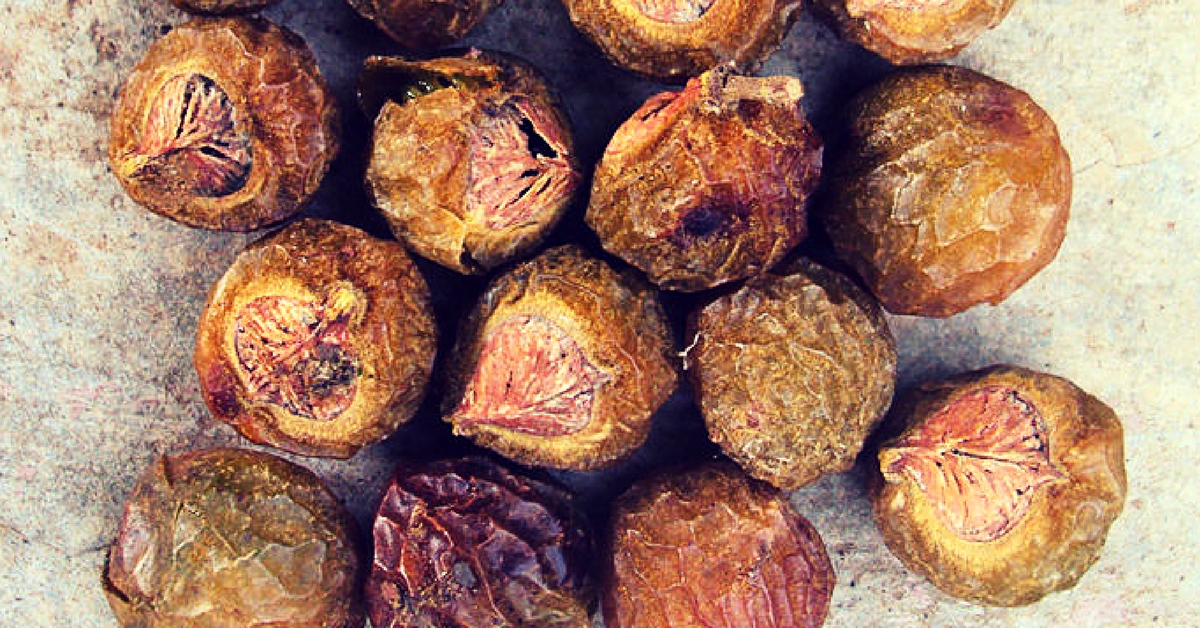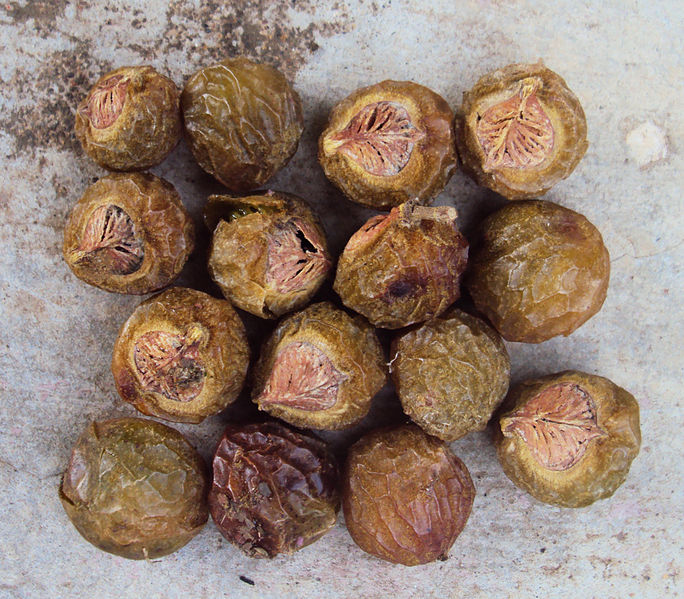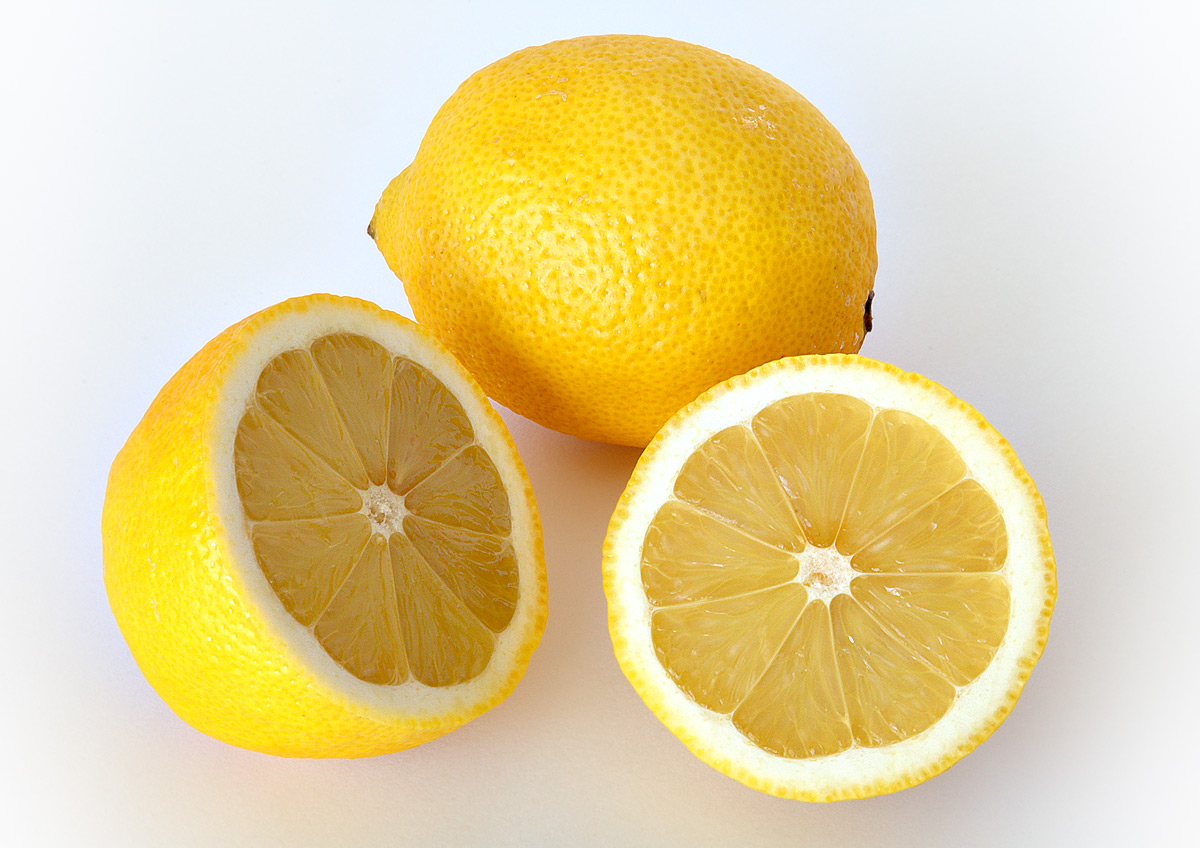No Chemicals, No Pollution: Here’s How You Can Make Your Own All-Natural Soap
Follow this step-by-step guide, to make your own, all-purpose soap!

If you have seen the frothing lakes of Bellandur and Varthur in Bangalore, and the countless other polluted water bodies that dot the nation, you will know that water contamination is a real issue.
Fortunately, there are ways that we, as active citizens, can consciously make environmentally-friendly choices. One of the main reasons that lakes foam is due to the usage of chemical detergents and soaps. This can be easily avoided by making your own homemade soap. This is exactly what TR Vivek (the Director Editorial of Hill+Knowlton India) does every Saturday.
“I’ve been researching about sustainable living for a long time. I was looking at ways to reduce my wastage, and making my own soap was something I started experimenting with,” he says in a conversation with The Better India.
Initially, Vivek would put soap berries into a sock and throw it in the washing machine, but he was curious about what else he could do.
Through trial-and-error, he eventually created his own concoction of a homemade multipurpose liquid soap, made of all natural ingredients!

Follow this step-by-step guide, to make your own, all-purpose soap!
1. Crack the soap berries
Take about 30 soap berries, and use a hammer to crack them. Remove the pit inside, and use only the rinds.
2. Put the rinds into boiling water
This process not only extracts the juice from the soap berries but also softens the rinds, for the next step.
3. Blitz the rinds
Once the rinds become slightly soft, they should be blitzed and put back into the water to infuse with the liquid.
4. Strain the liquid
Finally, after 30 minutes of boiling, the liquid should be strained. You will know the soap is ready when the consistency is slightly thicker than water, and when touched, has a soapy texture.
Vivek recommends adding a spoon of vinegar so that the mixture will not spoil as easily. Alternatively, you can also use the leftover rinds of any citrus fruits.

Simply place them into the soap, and it adds another cleansing element.
The soap should be used within the week, to prevent fungus or mould from forming. In the off chance that a mould does form, scrape it off, and use the soap. Since there are no preservatives and the ingredients are taken straight from nature, it is best to use it as soon as possible.
You may also like: Coconut Husks, Sand, and More: All You Need to Create a Soil-less Garden
It can be used as a detergent, body wash, shampoo, and more! The all-natural ingredients make it compatible with all skin types.
However, the best part of using a natural detergent such as this one is that it can also mitigate the effects of detergent. In a way, it acts as a purifier and does not pollute groundwater! Try this recipe at home, and let us know how it worked for you in the comments below.
Like this story? Or have something to share?
Write to us: [email protected]
Connect with us on Facebook and Twitter.
NEW: Click here to get positive news on WhatsApp!
If you found our stories insightful, informative, or even just enjoyable, we invite you to consider making a voluntary payment to support the work we do at The Better India. Your contribution helps us continue producing quality content that educates, inspires, and drives positive change.
Choose one of the payment options below for your contribution-
By paying for the stories you value, you directly contribute to sustaining our efforts focused on making a difference in the world. Together, let’s ensure that impactful stories continue to be told and shared, enriching lives and communities alike.
Thank you for your support. Here are some frequently asked questions you might find helpful to know why you are contributing?


This story made me
-
97
-
121
-
89
-
167













